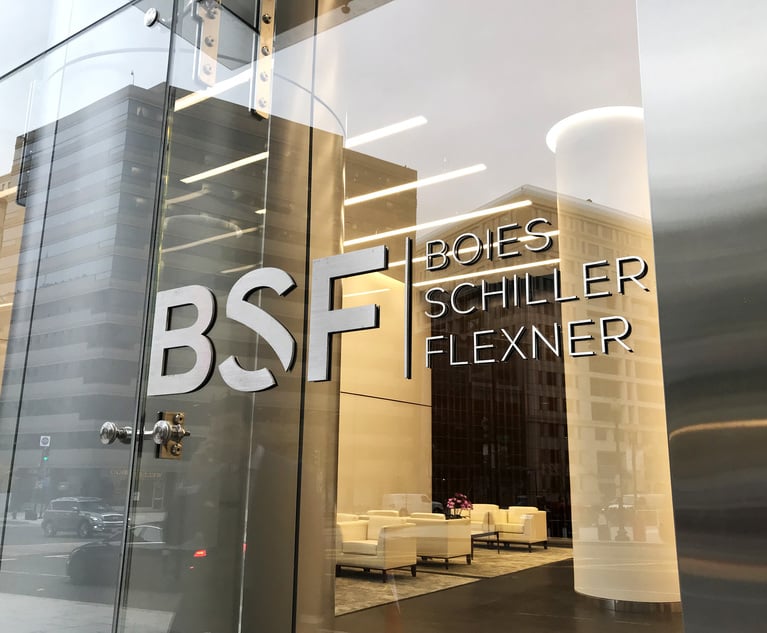The elephant in the room regarding electronic discovery is that the expense is high and difficult for the average litigant to afford. Moreover, there seems to be a disconnect between the practical realities of everyday litigation and the more high-powered, high stakes world that drives the development of e-discovery as a discipline. For many attorneys in the trenches, a client’s budget leaves little room for reliance on IT consultants, e-discovery review platforms, or in-house counsel (who, for the majority of small businesses, does not exist). Often, litigation counsel is the only individual in the client’s orbit able to handle the preservation, collection, processing, review and production of electronically stored information (ESI). This means that many lawyers must be ready to be self-sufficient when it comes to e-discovery. Fortunately, there are solutions that can make all the difference in cases which, though having a lower amount in controversy, are no less valuable to the parties involved.
First, it is axiomatic that the most critical evidence in contemporary discovery is email, which, on occasion, can be difficult to collect and produce without the aid of an IT professional. Production of emails in static form (i.e., in Adobe PDF) is unlikely to be acceptable if an opposing party has requested native format with accompanying metadata. As such, in smaller matters there is often little choice but for an attorney to harvest client emails directly, review them for responsiveness and privilege, and prepare them for production. While this is far from ideal when seen through the lens of forensic fidelity, for many litigants—especially in state court—it is either that or bust.


 Robert Jimenez, Espinosa Martinez, Miami.
Robert Jimenez, Espinosa Martinez, Miami.




